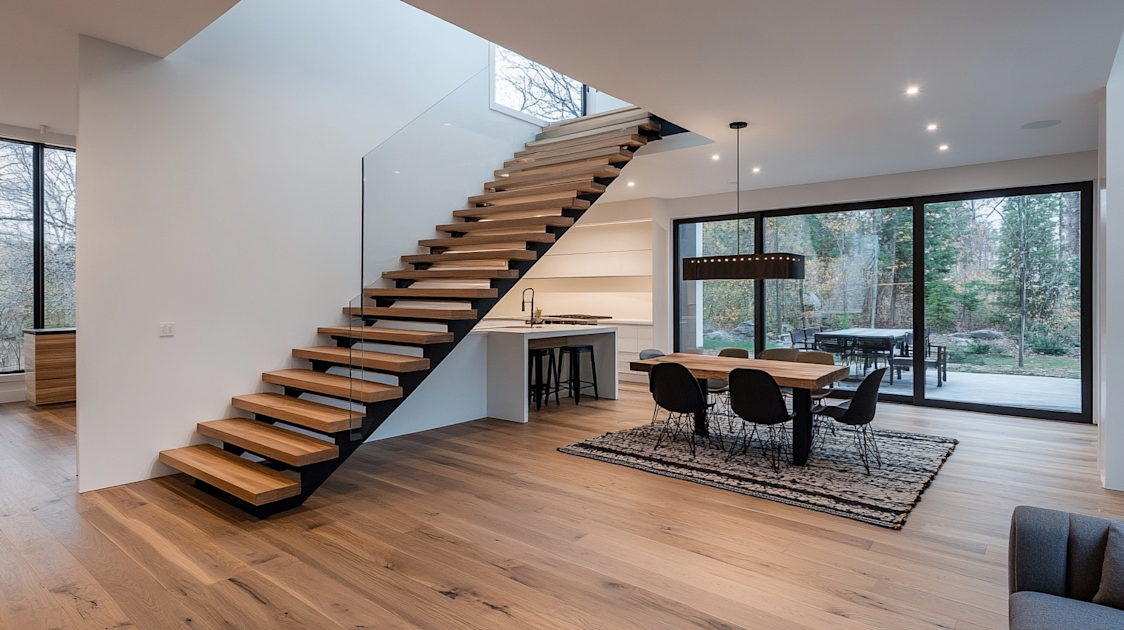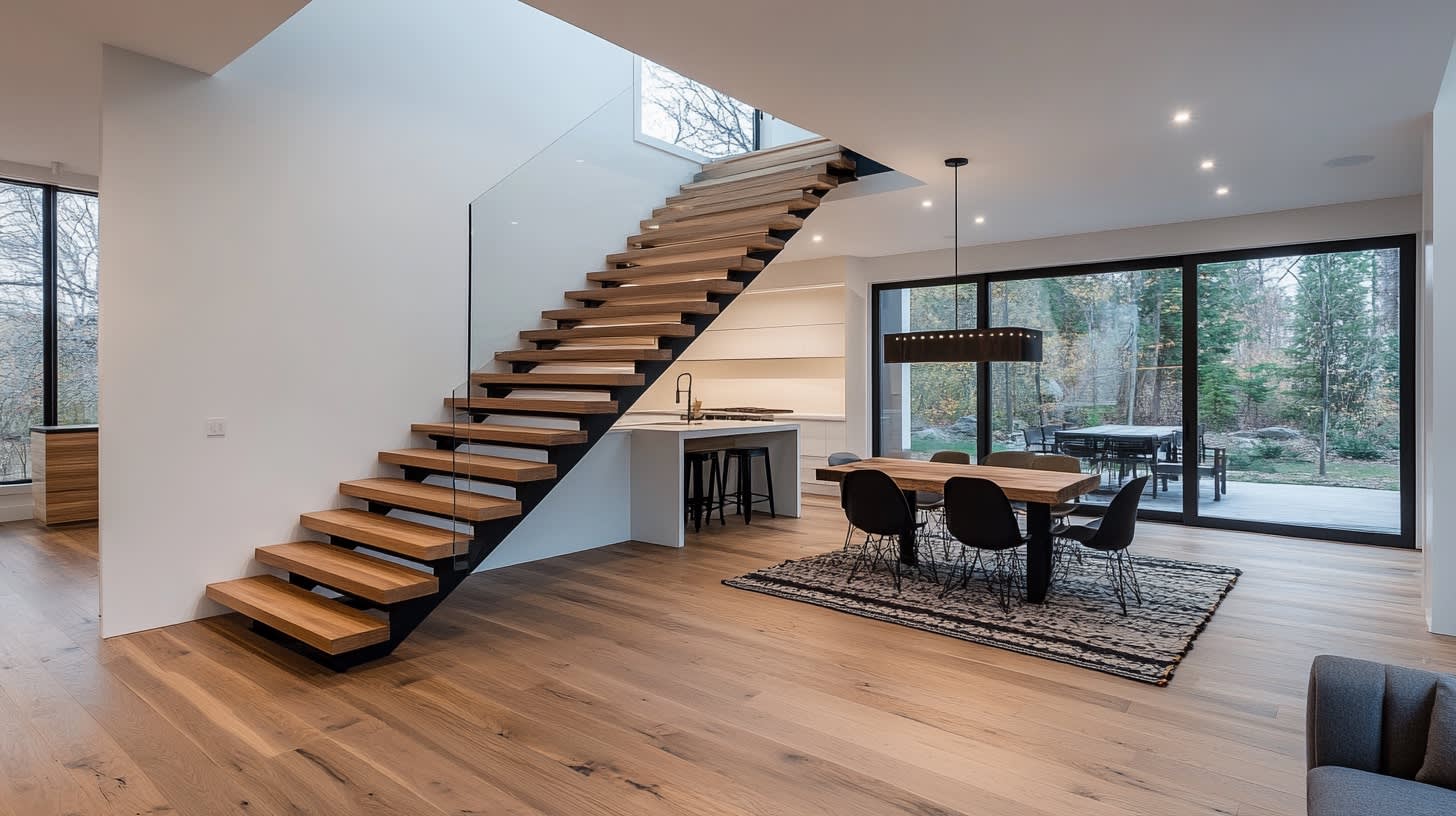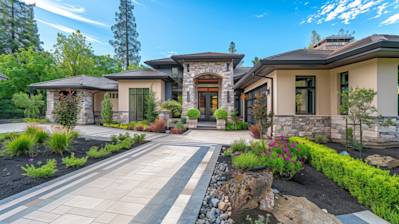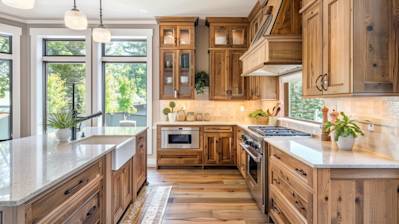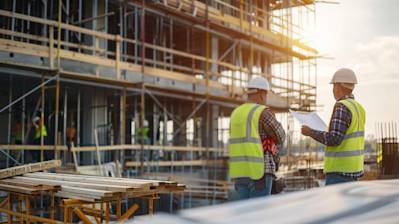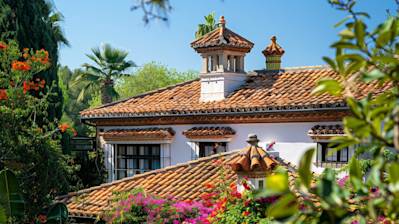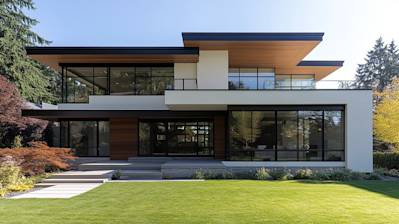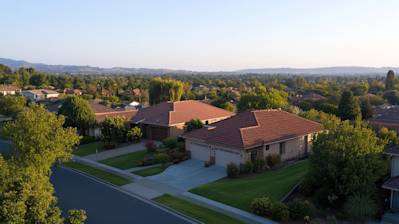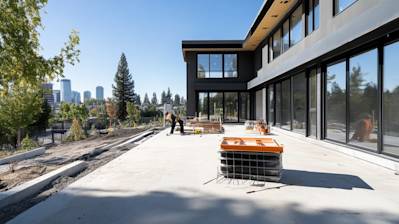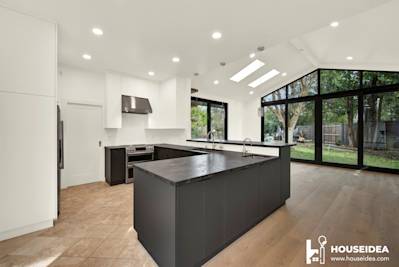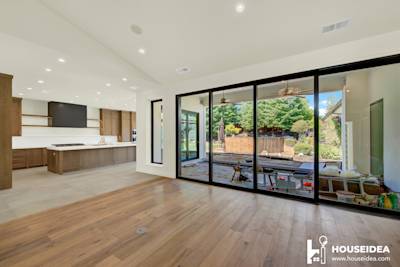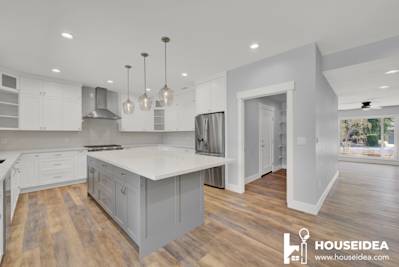In the contemporary architectural landscape, a new trend is gradually soaring – floating stairs. Delicately suspended installations, these marvels of design are diving into the mainstream with full force. This article will explore the aesthetic and functional aspects of floating stairs and why they are taking center stage in modern homes.
Float on Magic: A Quick Definition
Floating stairs, also known as cantilever stairs, are an architectural structure typified by its singular stair treads, appearing to hover or "float." They lend an illusion of weightlessness by minimizing the visibility of supporting structures. No longer seen as merely functional, floating stairs are increasingly viewed as artistic elements and signature focal points in a residential or commercial space.
Pedigree of Floating Stairs: Its Origins and Historical Context
Floating stairs are no new phenomenon. They originally found a place in medieval architecture, typically designed with stone slabs resting on walls without visible supports. The modern version relies on a variety of materials including concrete, metal, and glass. Today, their appeal stems from the desire to combine functionality with refined sensibilities, and minimalistic aesthetics.
The Structure of Floating Stairs: Unveiling the Mechanics
Most floating stairs are designed with treads inserted directly to the wall, or anchored to a single stringer, giving the illusion of floating in mid-air. Here’s a quick glance at the components:
- Treads: The flat piece on which people step
- Stringer: The typically hidden support holding up the treads
- Balustrade: The railing system which can be incorporated for extra safety. Given the minimalist nature of floating stairs, glass balustrade is often used.
Diverse Appeal: Floating Stairs for Various Aesthetic Preferences
Modern Floating Stairs: An Abstract Vision
Floating stairs perfectly encapsulate the abstract spirit of modern designs. They transform the architectural into art, with their seeming defiance of physics and their smooth, precise lines. The modernism school of design thrives on minimalism and geometric purity, and what better manifestation than a beautifully crafted floating staircase?
Rustic Floating Stairs: Preserve the Old, Welcome the New
Contrary to popular belief, floating stairs are not only suitable for ultra-modern homes. With carefully chosen materials, these innovative stair designs can enhance rustic, vintage-inspired interiors too. Think wooden treads with visible grain or wrought-iron handrails. Mixing old with new can result in surprising, vibrant design choices.
Industrial Floating Stairs: Raw, Unfinished Elegance
Concrete treads with an exposed structural wall, or stairs supported by a metallic stringer, can lend a stark, raw sophistication to an industrial interior. Floating stairs, in this case, can be the central architectural element, signaling a unique blend of functionality and industrial artistry.
Material Choices: Exploring Diversity
Floating stairs provide an array of choices in materials, and these can significantly change their vibe:
- Glass: Glass treads give a sculptural effect, almost artistic in nature. Its transparency contributes to a bigger space illusion.
- Wood: This choice brings warmth and natural texture to a space. The variety of colors and grains possible make wood a versatile option.
- Metal: Metallic floating steps, particularly stainless steel, exude an ultra-modern, high-tech aura.
- Concrete: For a raw, industrial feel, concrete is a great choice. Besides the aesthetics, it's also admired for its durability and strength.
The Safety Question: Are Floating Stairs Safe?
One of the common concerns regarding floating stairs is safety. When designed and installed correctly, floating stairs are as safe as any traditional staircase. Highly strong materials, secured treads, and a proper handrail system ensure a safe ascent and descent.
Frequently Asked Questions about Floating Stairs
What Makes Floating Stairs Appealing?
Floating stairs offer a modern and minimalist appeal to any space. Because they seem to float in the air, they give an impression of more space, and their sleek design can add a contemporary touch to your home or commercial building. Their unique aesthetic is the major factor that contributes to their appeal.
What Materials Are Used for Floating Stairs?
Floating stairs can be made using a variety of materials. The most commonly used ones are wood, due to its warm aesthetic and easy customizability, and steel, favored for its strength and durability. Other materials such as glass and concrete are also used, depending on the desired look and design.
How Sturdy Are Floating Stairs?
Despite their light appearance, floating stairs are very sturdy. They are engineered to be strong, safe, and reliable. Their construction depends on strong fixings and supports which ensures they can carry loads similarly to any traditional stair design.
Are There Different Styles of Floating Stairs?
Yes, floating stairs come in a variety of styles and designs. They can be straight, curved, or spiral, and the treads can be open or closed. You can also customize the materials, colors, and finishes to match your specific style and space.
Can Floating Stairs Accommodate Handrails?
Absolutely! While floating stairs can be constructed without handrails for a minimal aesthetic, they can certainly be fitted with handrails for added safety and stability. The handrails can be attached to the wall or can float along with the stairs, depending on your preference.
What Maintenance Do Floating Stairs Require?
The maintenance for your floating stairs will depend on the material used. Generally, they need to be kept clean from dust and debris. Wooden stairs may need to be polished or re-sealed over time, while steel stairs should be checked for rust periodically.
How Are Floating Stairs Installed?
Since floating stairs are a bit more complex, professional installation is recommended. The process generally involves marking and drilling holes in the wall or the stringer, inserting and securing the treads, then finishing with any details such as handrails or balusters.
Is It Possible to DIY Floating Stairs?
Though it's technically possible, installing floating stairs is generally not a recommended DIY project due to their complexity and safety concerns. It requires a good understanding of engineering principles and precise workmanship. If you do choose to DIY, make sure you have the right tools, skills, and permits if necessary.
Pros of Floating Stairs
Aesthetically Pleasing
Floating stairs, without a doubt, appeal to the aesthetic senses due to their modern and minimalistic layout. The design offers a sleek, clean, and uncluttered appearance, which enhances the overall appearance and ambiance of any room they are installed in. The floating design can help accentuate the architecture of the building or match the interior design aesthetic of your home, whether it's contemporary, rustic or industrial.
Space-Efficient
This type of stairs design is more space-efficient compared to traditional ones. The floating stair structure does not require the same amount of space as traditional staircases, potentially freeing up room for other elements of your interiors. In smaller homes or areas where space is at a premium, this advantage can be significant.
Allows More Light
Floating stairs are a perfect choice if you seek to let in more natural daylight. Because of the open nature of the stairs, light can easily pass through, minimizing dark corners and maximizing the overall illumination of the room. This can create a more vibrant and light-filled atmosphere in your home.
Versatility
Floating stairs offer versatility in design and material choices. From glass to timber, to metal or a combination of materials, you have a wide array of choices to suit your taste and complement your home interior. The design can also be custom-made to align with the structure and layout of your home or building.
Statement Piece
Floating stairs will create an instant focal point in any room due to their distinctive design. The stairs can turn a normally overlooked functional component of a house into a piece of contemporary art.
Cons of Floating Stairs
Cost Implications
Floating stairs can be quite expensive compared to traditional stairs. The higher cost can be attributed to the use of specialized materials, complexity of design and a more involved installation process. The price can further skyrocket if you opt for custom designs or high-end materials like glass or premium wood.
Safety Concerns
The open design that makes floating stairs more aesthetically appealing can also make them a little bit dangerous, especially for children and seniors. The lack of risers and sometimes handrails can increase the chances of accidents if one is not careful.
Difficult to Install
Installation of floating stairs is more complex than regular stairs. It requires the skills and experience of professionals, which may not be the case with other types of stairs. Incorrect or poor installation can not only result in a less than perfect aesthetic but can also pose serious safety risks.
Maintenance and Durability
Floating stairs, especially those made from glass or certain types of wood, may require ongoing maintenance to maintain their look and structural integrity. The treads can be prone to chipping and damage over time, particularly if heavy objects are dropped on them or they receive a high amount of foot traffic.
Noise
Floating stairs can be noisier than other types of stairs. The sound of people walking up and down can echo, creating more noise than you might prefer. This can be particularly problematic in a home with children or in office spaces.
Summary
Floating stairs can significantly enhance the aesthetic of a contemporary or minimalist-themed space. These stairs are designed to appear as if they’re floating, giving off an impressive architectural illusion. They comprise of treads with no visible support, adding a touch of mystery and charm to any room they are installed.
Practical and stylish, floating stairs not only serve as a pathway from one floor to another, but also as an appealing centerpiece in a home or commercial space. These stairs can be customized to blend with an establishment's architecture and interior design. Utilizing materials like wood, glass, or steel, floating stairs can be tailored to fir various style sensibilities.
While floating stairs are stunning, considering their safety features is also important. A well-constructed set of floating stairs ensures that safety is not compromised for style. By employing the correct anchoring techniques and materials, and perhaps incorporating additional safety features like handrails or glass balustrades, floating stairs can be safe and secure for everyone to use.
About HouseIdea
About HouseIdea
Meet HouseIdea- Sacramento's go-to resource for brilliant home remodeling ideas and top-class craftsmanship! Nestled in the heart of sunny Cali, we've been infusing homes with creativity and innovation since our inception in 2005. We're a passionate bunch of expert architects, designers and contractors who don't just build living spaces; we create dream homes, encapsulating your distinct personality and lifestyle. Regardless of your budget, our team is committed to bringing your vision to life through meticulous attention to detail and a relentless pursuit of quality. Our engaging team always strives to make home renovation a fun, memorable process, as exciting for you as it is for us! HouseIdea - where your house ideas become a beautiful reality.
Tags: modern design, architectural feature, staircase innovation,

